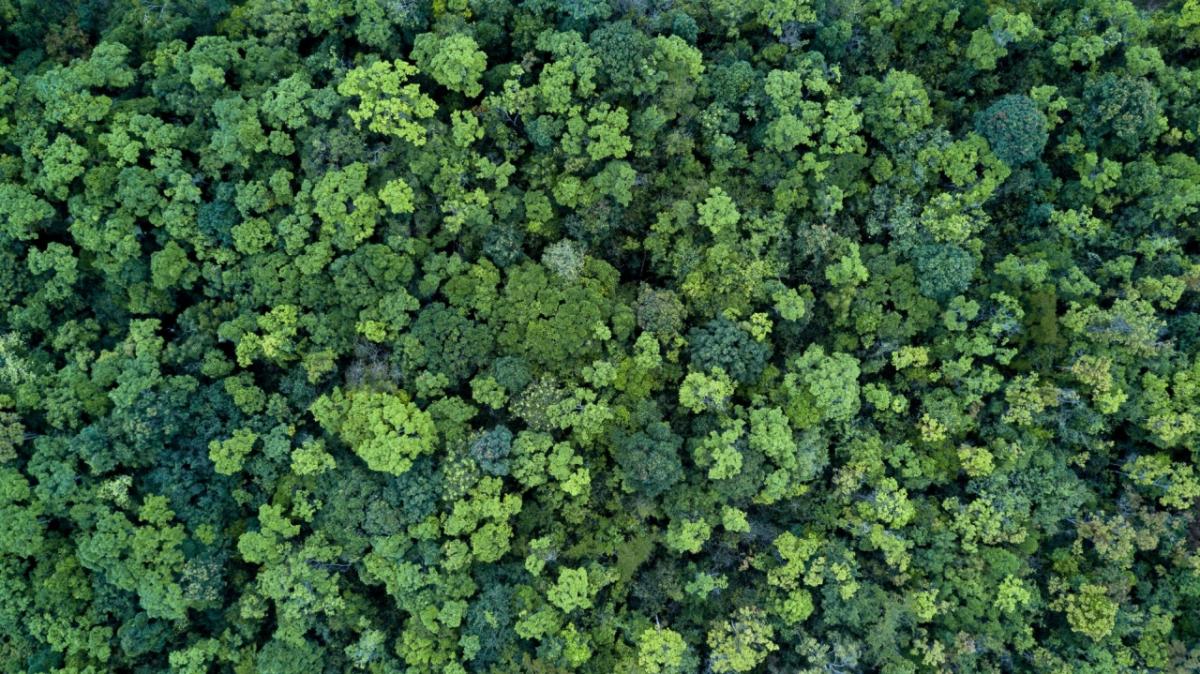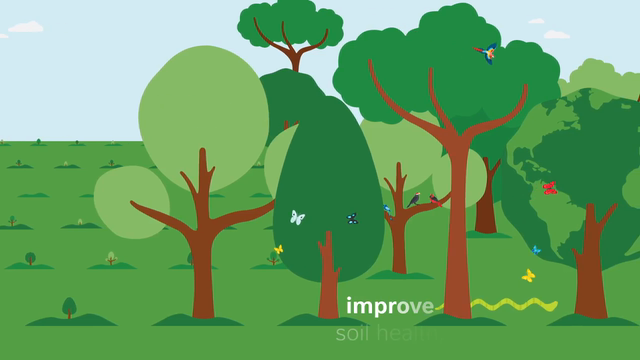Reforestation: More Than Planting Trees
The ins and outs of our partnership with OneTreePlanted
By Benjamin Ware, Global Head of Responsible Sourcing at Nestlé
Climate change and biodiversity loss are on everyone’s minds these days – as they should be.
Experts agree that reforesting our planet is critical if we are to reverse biodiversity loss and head off the worst of climate change. Because trees provide habitat to a number of species, store water, absorb carbon dioxide and release oxygen through photosynthesis, they are one of our best allies.
It’s against that backdrop that we have just announced a major reforestation program with OneTreePlanted. Under this initiative, beginning in March 2020, three million trees will be planted across the Americas. We will start our reforestation efforts in earnest in Brazil and Mexico, before extending them to all the other countries we source from by 2021.
We will plant these trees in areas where we source raw materials such as palm, soya, paper, coffee, or coconut, and where precious forested ecosystems such as rainforests, mangroves – hotspots for biodiversity – have been depleted. As we restore the forests, we will be careful to also protect and restore other valuable ecosystems such as wetlands, peatlands and grasslands.
Insetting approach
Reforestation programs can be divided into two broad categories: 'offsetting' and 'insetting' programs. In the case of carbon offsetting programs, the planting of trees occurs in a location different from where the company’s greenhouse gas emissions originate.
Our reforestation program is taking an 'insetting' approach: Trees are planted within our supply chains, on the very farms (or/and in their immediate surroundings) where our raw materials are grown and harvested – applying agroforestry principles or taking a forest restoration approach. All trees will be planted under the supervision of the World Resources Institute, a leading environmental organization in the field of sustainable agriculture.
Nature-based solutions
This reforestation approach represents one promising nature-based solution in the fight against climate change – trees proving even more adept at capturing carbon than regenerative or conversation agriculture.
Plants and trees have the ability to store water but also to provide water and nutrients to plants that are grown around them. As a result, farmers using agroforestry in our supply chains are able to use less water, while achieving greater crop yields.
By holding soil in place with their roots and by reducing rainfall impact with their foliage, trees also prevent soil erosion. And because they provide a natural habitat to many species, they will help us to boost biodiversity in areas where it has declined.
A win-win
Ultimately, everyone stands to benefit – including farmers and their communities. Their farms will become more efficient, more climate-friendly and more climate-resilient, just as extreme weather events are expected to become more frequent.
The same is true for us. Our efforts will help regenerate the ecosystems we depend upon, grow our ingredients even more sustainably, while strengthening our relationships with our suppliers – small and large ones alike.
Not either/or
Our reforestation program comes in addition to our ongoing efforts to eradicate deforestation from our supply chains.
We remain entirely committed to stamping out deforestation within our supply chain. We will continue to work with smallholder farmers and large suppliers alike to be close to 100% deforestation-free within the next three years – up from 77% as of April 2019.
Combined, these two approaches – reforestation and conservation – aim at transforming the way we source raw materials, while mitigating our carbon emissions in line with our ambition to achieve zero net greenhouse gas emissions by 2050.
Contact:
Nestlé Corporate Media Relations
mediarelations@nestle.com



